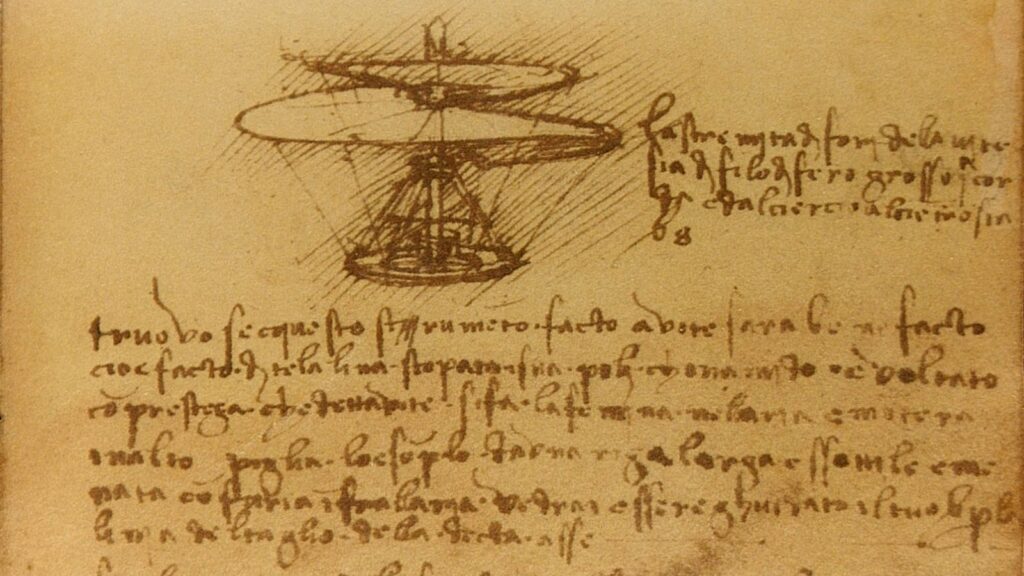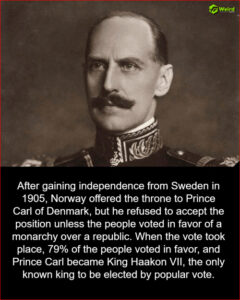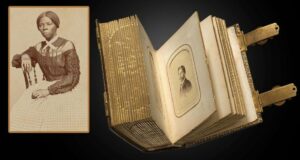“Unlocking the Skies: 14 Surprising Revelations About How Flight Took Wing Across the Ages!”
11. Commercial Flight Was Once a Luxury


In the early days of air travel, flying was reserved for the elite or bucket-list travelers. Passengers enjoyed lavish meals, spacious seats, and top-notch service by young flight attendants dressed to the nines in designer uniforms.
Budget airlines have since democratized the skies but swapped glamour for affordability. You can score plane tickets for less than the price of a new jacket but don’t expect a 5-course meal while you’re squished in the middle seat.
12. Pilots Used Landmarks to Navigate


Before GPS and radar, pilots relied on maps, compasses, and visual landmarks to find their way. It wasn’t always precise, but it got the job done.
Radio navigation and satellite systems eventually revolutionized aviation, making it safer and more efficient.
13. Autopilot Is Older Than You Think


Autopilot technology dates back to 1912, allowing planes to maintain steady courses without constant human input.
Modern autopilot systems handle much of the workload, but pilots remain essential for complex decisions and emergencies.
14. The First Female Pilots Faced Major Challenges


Trailblazers like Amelia Earhart and Bessie Coleman didn’t just defy gravity, they defied societal norms. Their courage paved the way for women in aviation.











